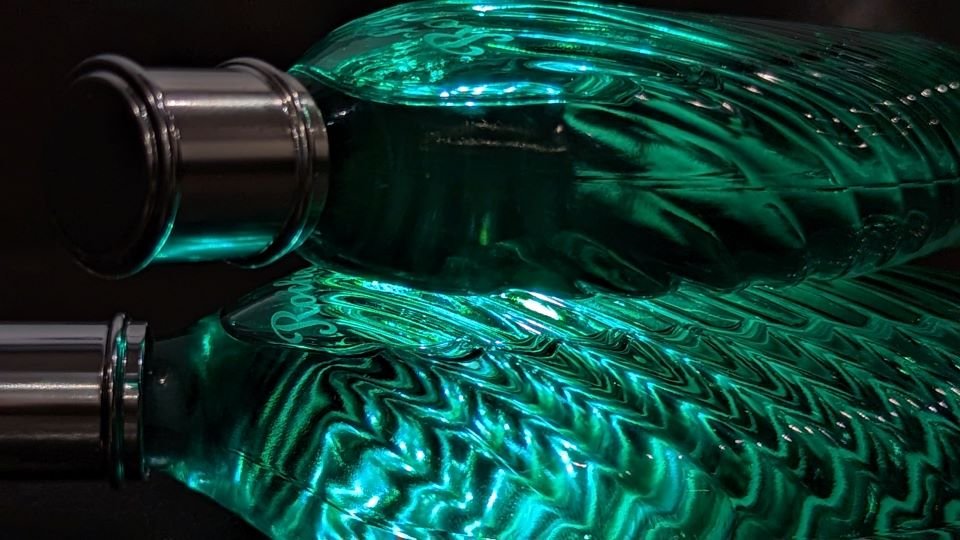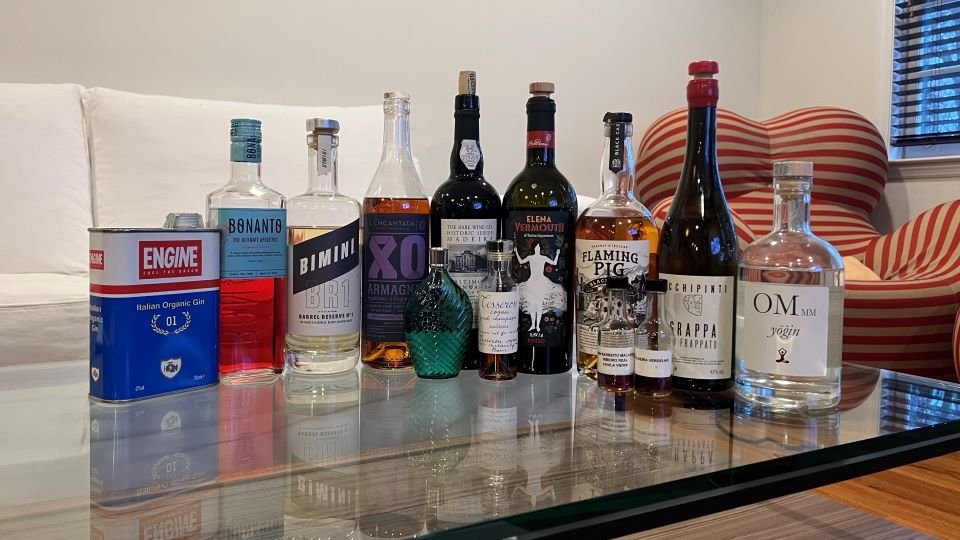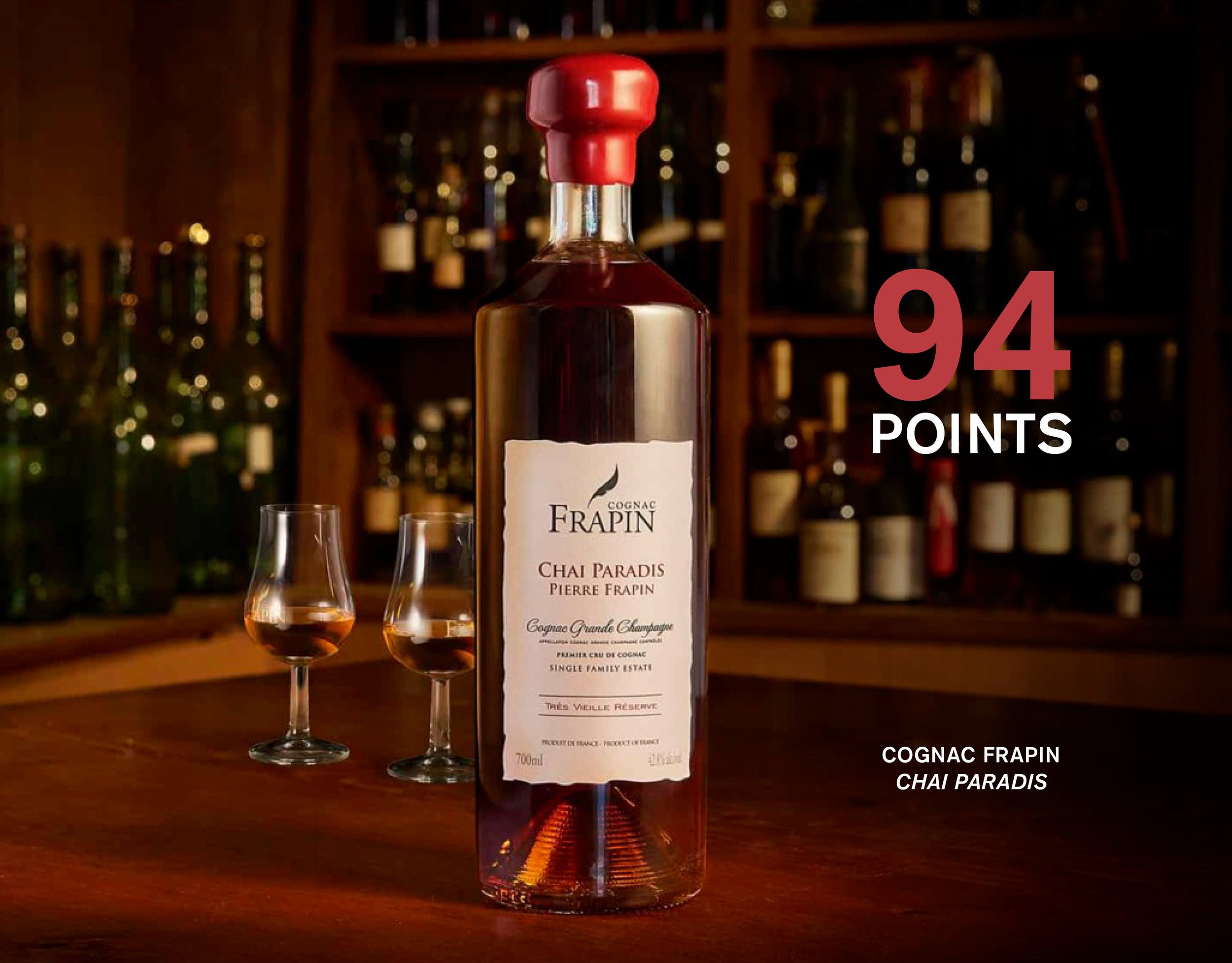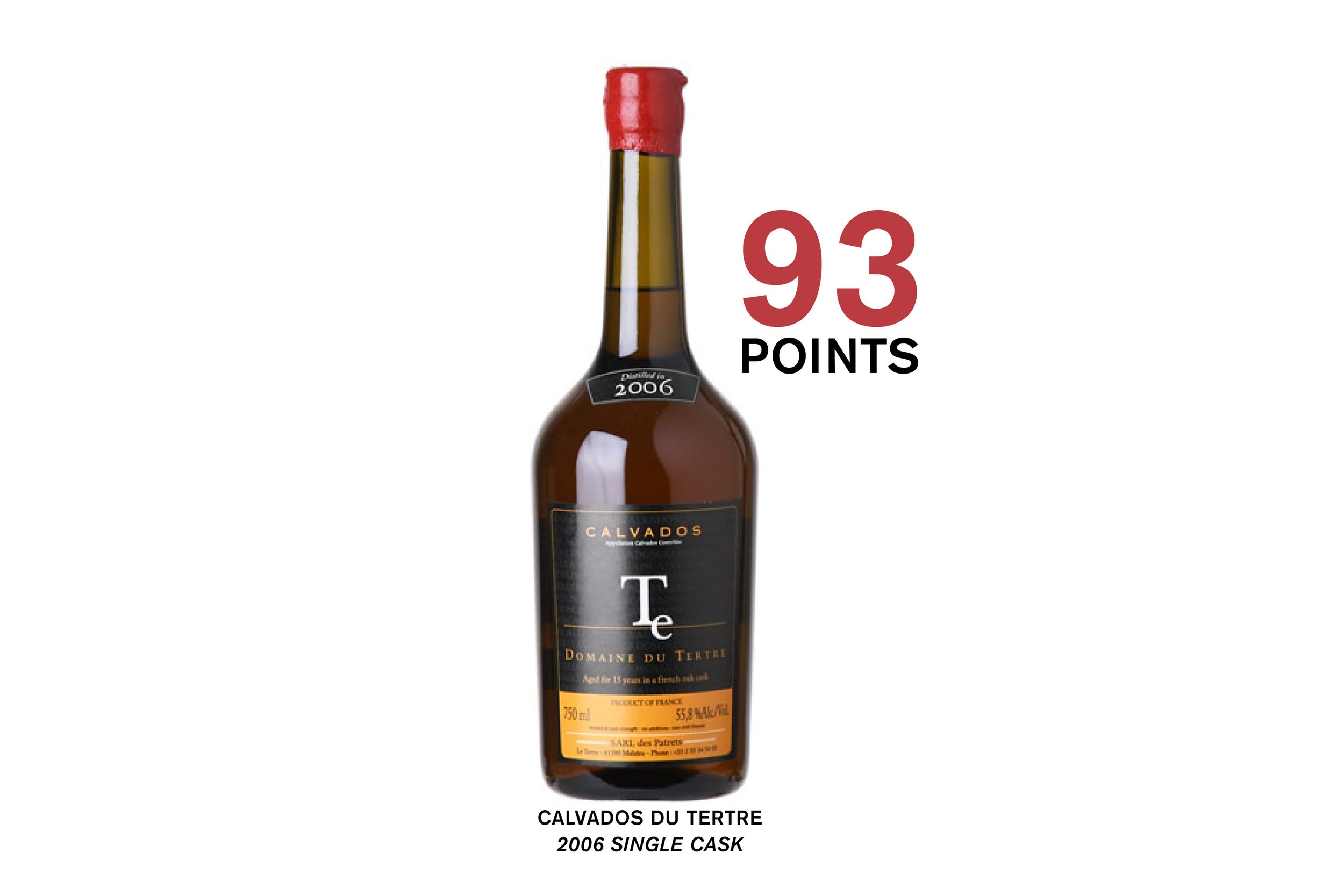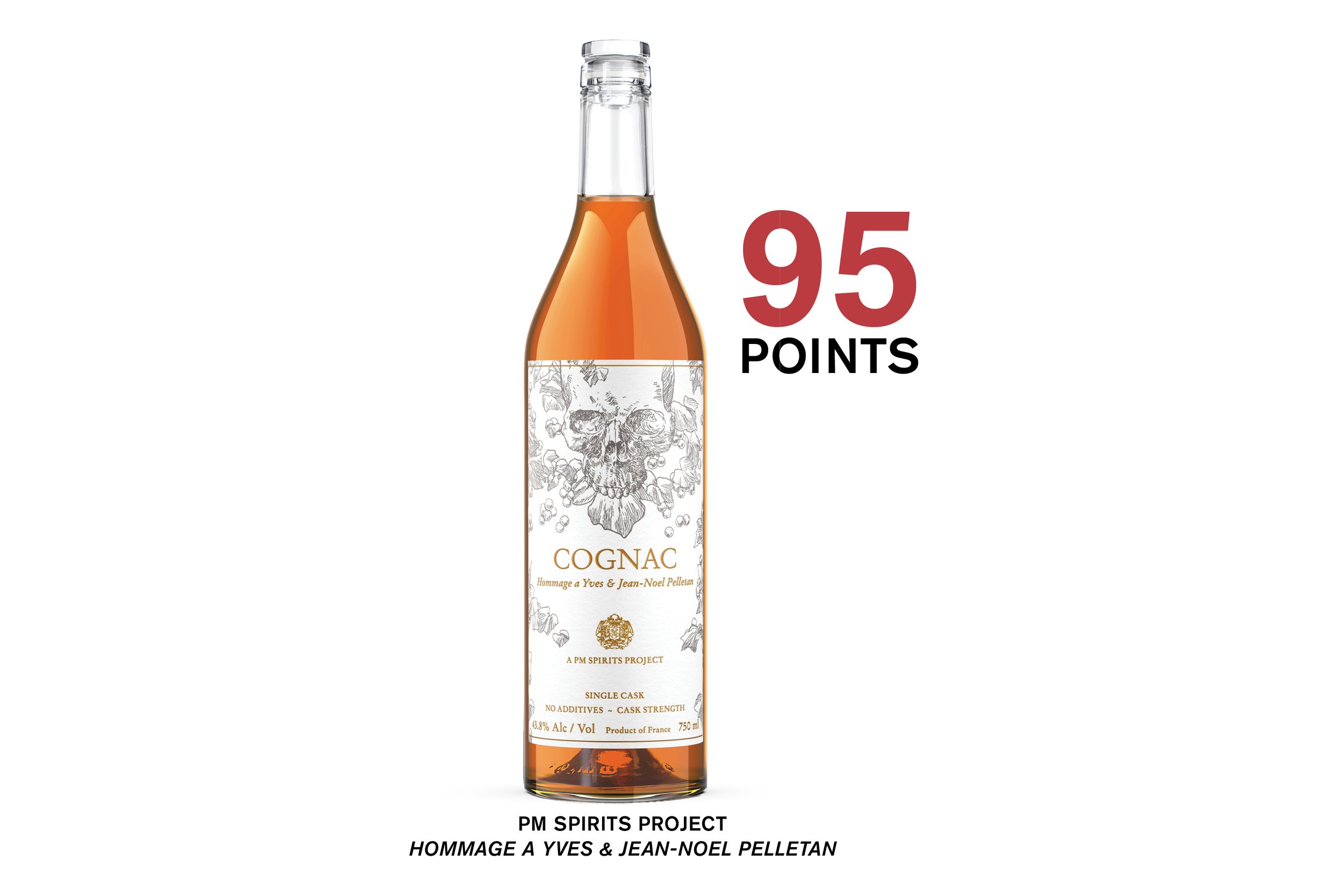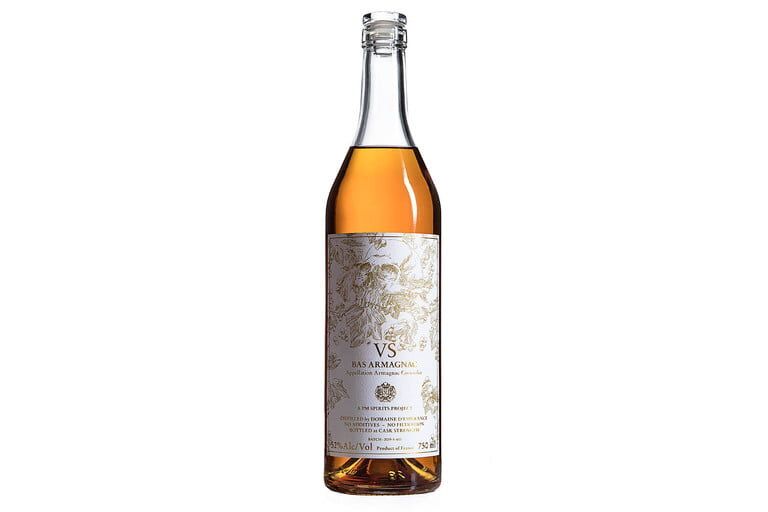BY ANTONIO GALLONI | DECEMBER 08, 2022
It all started innocently enough. Over the last few years, I have seen a marked increase in spirits made by winemakers. I thought it would be fun to taste them and write them all up. That was the genesis for this report. But then more and more samples arrived, and before I knew it, the article had morphed into a broad survey of spirits of all kinds. This article is clearly not comprehensive to any one category, but rather intended as a collection of spirits I think Vinous readers will enjoy.
As I started tasting through these spirits, I wondered if my approach to tasting wine and Champagne would be applicable, or if instead, I needed an entirely new methodology for looking at quality. I asked myself if there are really marked differences between several raspberry eaux de vie, for example. It turns out spirits can absolutely be assessed for aromatics, fruit, texture, finish and a number of criteria used in evaluating wine. If anything, the alcohol in most categories acts as an amplifier of those qualities and also accentuates both strengths and flaws. And yes, raspberry eaux de vie can be very different.
Where possible I have indicated lot numbers, although these aren’t always available in the world of spirits. I would like to see that change so consumers can know they are buying the same product I tasted and reviewed. In this regard, parts of the spirits world share some basic principles with other beverages such as NV Champagne, but also soft drinks and beer, where the goal is to create a ‘consistent’ product from year to year. There are virtues in that, and it is a skill, but I believe small batch bottlings that are differentiated are far more interesting, certainly far more interesting for the inquisitive reader looking for something that is truly distinctive. For now, I have relaxed the rule I have for NV Champagne where I only review bottlings that have a base vintage or disgorgement date listed.
But that does make me wonder what the future is for craft spirits. About a decade ago, I sat in the Krug tasting room with then-CEO Margareth Henriquez and Olivier Krug and explained that I would not review their Grande Cuvée because there was no way to ensure the batch I tasted was the same wine in the market. I suggested adding a base vintage or disgorgement date, which would differentiate releases, make each release special, and then, in time create opportunities for thematic tastings and/or special packaging, like mixed cases. “Our customers have no interest in this information,” was the reply.
Readers might find this hard to believe, but at the time, the Grand Cuvée struggled mightily in the market. It did not sell. And this was not that long ago. For a time, the half bottles were dumped in elite New York City restaurants (likely elsewhere too), where they were sold for next to nothing. Then, Krug began experimenting with thematic names for each release, before settling on the Edition system. A stroke of genius. Guess what happened? For the first time ever, Grande Cuvée became an allocated wine. All sorts of comparative tastings emerged, as did boxed sets that offer a combination of releases.
To be sure, spirits are different. Many are made in tiny quantities and on a far smaller scale than wine or Champagne. Unlike wine, bottles are opened and often enjoyed over a period of time, so comparative tastings are less the norm. Even so, I would like to see better and more consumer-friendly labeling. There is a possible parallel with the world of grower Champagne, where an increasing number of producers detail varietal breakdown and the exact source of their fruit. Why would that not be applicable to a fine source of pears or raspberries for eau de vie, or a specific breakdown of lots in a Cognac? All information like that does is create greater consumer interest.
I tasted the spirits in this report in November and December 2022.
The Eau de Vie Damson Plum from Capreolus is laced with hints of dried fruit, crushed flowers, herbs, mint and red stone fruit. Exotic and nuanced the Plum Brandy is exquisite. It is an especially floral, savory plum spirit. This fruit was sourced in Vale of Evesham, This is bottle 118 of 336.
The Eau de Vie Raspberry melds together plenty of fruit character, but in a serious, almost imposing style. This is not an easygoing spirit at all. Then again, approximately 75 pounds of fruit yield one liter of eau de vie. Sweet floral and herbal accents add lift. There is a bit of angularity and that leaves the Raspberry feeling a bit tense next to the other eaux de vie in the range. This is bottle 257 of 301.
The Eau de Vie Quince is floral, lifted and also very refined on the palate. A spirit of understatement and class, the Quince is soft-spoken, with impeccable balance, fine length and tons of sheer appeal. Dried floral and herbal notes resonate on the finish, but it is the overall balance I am most drawn to here. This is bottle 48 of 116.
The Eau de Vie Poire Williams (100% Bartlett Pear) from Cazottes is fabulous. Creamy and textured, the Poire Williams soars out of the glass with stunning aromatic complexity. Soft contours add raciness to this decidedly polished, exuberant eau di vie. The style is one of sublime refinement and class - perhaps too much for some palates - but all the elements are so well balanced. This release is a total knockout.
The Eau de Vie Reine Claude Doreé (100% Greengage Plum) is a wild, exotic eau de vie. The aromatics alone are crazy. A whole range of floral and savory top notes give the Reine Claude Dorée its distinctive personality. Fruit is more in the background in this captivating spirit from Laurent Cazottes. The bright, clean finish is a thing of beauty.
The Haut-Armagnac La Réserve is very pretty, aromatic and lifted. What this young Haut-Armagnac lacks in age it more than makes up for with its exquisite balance and finesse. There are no hard edges whatsoever. Sweet spice, leather and floral notes give the Réserve notable aromatic presence to match its mid-weight personality. La Réserve is a blend of young Ugni Blanc and Colombard, usually about six years old, aged in 100% new French oak and bottled at 45% abv.
The 2011 Haut-Armagnac La Flamme (Ugni Blanc, Colombard) is a blend of single barrels bottled at full proof. Rich and explosive, La Flamme is a heady, exotic Haut-Armagnac that delivers the goods big time. Here, too, the balance is exquisite, especially for a spirit that is a little more than a decade old. Light caramel, spice, herb, maraschino cherry and toast notes build into the pure, persistent finish. This is a terrific showing. Abv is 50.5%.
The 1994 Brut de Fût is a single cask blend of 65% Ugni Blanc and 35% Colombard bottled at cask strength, unfiltered and with no additives. Gently mellowed by time, the 1994 is a wonderfully expressive Armagnac. Soft contours wrap around a gentle core of macerated cherry, spice, leather, dried herbs and light caramel notes. This is all understatement and elegance. I very much admire the precision here. Spring frost and a dry summer yielded a small crop of ripe grapes. The 1994 spent a total of 27 years in wood.
The Cognac Grand Champagne Chai Paradis Très Vieille Réserve is a single cask bottling from Frapin's Paradis cellar. Hints of smoke, caramel, dried flowers, leather and orange peel lend notable aromatic presence. A Cognac of understatement and finesse, the Très Vieille Réserve is wonderfully expressive right out of the gate. Abv is 42.8%.
The Eau de Vie de Cidre Double Zero is gorgeous. It was made from more than thirty varieties of apples, blending bitter, bittersweet, sweet and sweet varieties. Fruit is harvested, then cellared for a few months to concentrate the flavors, before fermentation and distillation begin. Laser-like in its focus, with gorgeous aromatics, this eau de vie is seriously impressive. A glass will provide pleasure to both the hedonistic and intellectual senses. This is L.20.
The Rhum Agricole Organic is a powerful spirit that makes its full-proof felt. Flavors and textures are dialed up to eleven. Hints of lime, ginger and spice add complexity to this intense, wonderfully complex rum. Although a bit of a splurge, I would be thrilled to have it on my bar for cocktails. The Organic is made from hand-harvested sugar cane, distilled in copper creole stills and bottled at 71.2% abv
The Rhum Agricole Les Mangles is a single parcel, single cane rum. Rich and explosive in feel, the Mangles possesses tremendous depth right out of the gate. Dried flowers, leather, earthiness, herbs and a touch of mint add striking complexity, but more than anything, the Mangles is a rum of textural density. Pretty floral and spice accents round out the finish. It's another intense, full-bodied rum from Père Labat, bottled at 70.7% abv.
The 2009 Single Barrel Fut is a tiny bottling of 12-year-old Rhum Agricole aged in a bourbon barrel. Soft and delicate, with striking complexity, the 2009 is lights out. Maraschino cherry, spice, dried flowers, orange peel, leather, cedar, chocolate and sweet toasted oak lend tons of aromatic and flavor complexity. The 2009 is outstanding, but readers have to expect a rum with a pretty strong oak imprint. Time in wood does seem to attenuate the power found in Père Labat's young Rhum Agricole. The 2009 Single Barrel was bottled at 61% abv. I loved it.
The Armagnac Les Carré des Fantômes is a single parcel field-blend bottling of Plant de Graisse, Mauzac Blanc, Meslier St François, Jurançon Blanc, Mauzac Rosé and Clairette de Gascogne, six nearly extinct varieties. It is an especially airy, floral and savory style of Armagnac, maybe a bit classically austere in profile, but also incredibly intriguing. Light in color, with slightly nutty, oxidative overtones, the Carré des Fantômes is an absolutely gorgeous spirit. It is a beautiful, eccentric Armagnac that requires an inquisitive palate to fully appreciate. Batch 08.
The 1990 Single Cask Armagnac is a fabulous choice for readers looking for an Armagnac with the gentle, burnished character that only comes from long maturation in cask. Soft and engaging, the 1990 is an absolute delight. Scents of dried figs, spice, caramel, crushed herbs, leather, barrel toastiness and dried flowers are all woven together. No topping during aging results in a spirit with gorgeous complexity that develops in a very gradual oxidation that has taken place over more than thirty years. Lovely.
The 2006 Calvados Single Cask was distilled from a mix of more than 40 varieties of apples and spent 15 years in French oak prior to being bottled at cask strength. It offers a gorgeous combination of bright fruit and the more complex notes conferred by aging in barrel, all with the softness achieved with time. Gentle smoke, spice, leather, orange peel and dried flowers all grace this exquisite, wonderfully complex, delicate Calvados.
The Armagnac XO from L'Encantada is a blend of eight barrels spanning vintages 2006 to 1986 from five different domaines. It marries the power of Armagnac with notable elegance and tons of finesse. A spirit with no hard edges and fabulous balance, the XO is magnificent. Fruit, floral, spice, dried fruit, caramel and subtle oak notes are all beautifully woven together. The XO is a fabulous introduction to a range mostly composed of single barrel offerings. The purity here is just superb. This is bottled at cask strength, so there is plenty of intensity, yet this lies on the more refined side of Armagnac.
The Corn Whisky Bota NO 2021 is a single barrel bottling made from 100% Spanish corn from the joint venture between Equipo Navazos and importer Nicolas Palazzi. It was aged for 15 years in an Oloroso Sherry cask, with no topping (hence the designation 'NO') and bottled at full proof. A powerful, explosive spirit, the Corn Whisky is packed with scents of scorched earth, game, leather and earthiness. There's not a lot of subtlety here, but I doubt that is the point. Bottled in 2021.
The Cognac Hommage a Yves & Jean-Noel Pelletan is a tiny blend comprised of one barrel of 1965 and a few demijohns going back to 1925. It is the last bottling from Palazzi's days of buying and blending Cognacs under his own label. Quite potent in the glass, the Hommage is a bit rustic, but also incredibly authentic in feel. The explosive power is palpable. It's a Cognac for readers who appreciate structure and body more than restraint. The Hommage was bottled at cask strength and dedicated to master coopers Yves and Jean-Noel Pelletan.
The Eau de Vie Gravenstein Apple is packed with fruit flavor, spice and strong dried white notes. There's wonderful savoriness and tartness to balance some of that fruity character, along with tons of depth and what comes across as strong skin character. This is one of four eau de vies in Rochelt's gift box set.
The Eau de Vie Morello Cherry is one of my favorite eau de vies in this collection. Creamy and expansive, the Morello is all finesse. Crushed red-fleshed fruit, spice, sweet floral accents and a kick of warmth all come together in a spirit that is impeccably balanced from start to finish. The depth and explosive complexity here are off the charts. This is one of four eau de vies in Rochelt's gift box set.
Rochelt's Eau de Vie Wachau Apricot is ridiculously great. Intensely aromatic, Wachau with almost tropical overtones, the Apricot is so expressive from the very first taste. Yellow orchard fruit, ginger and soaring aromatics stain the palate. It's an eau de vie that deeply satisfies both the hedonistic and intellectual senses. I will remember tasting it for a very, very long time. What a knockout. This is one of four eau de vies in Rochelt's gift box set.
The Eau de Vie Quince starts off quite subtle and then explodes through the mid-palate and into the finish. Strong mineral and earthy undertones give the Quince uncommon complexity to play off fruit flavors. Deep and expansive, with tons of character, the Quince is wonderfully complete, but also quite imposing. There's a ton of power and substance here, with an almost phenolic quality that lingers on the finish. This is one of four eau de vies in Rochelt's gift box set.
The Eau de Vie Mirabelle Plum was distilled in 2009, and then aged in glass balloons, in the classic Rochelt style. It is wild, penetrating and full of character. The feeling here is one of focus and length, more than the body found in some of the other eau de vies in this collection. Sweet floral and savory notes continually open in a spirit of uncommon finesse and nuance. The Mirabelle hovers on the palate with wonderful elegance. What a knockout.
https://vinous.com/articles/spirits-the-tip-of-the-iceberg-dec-2022

